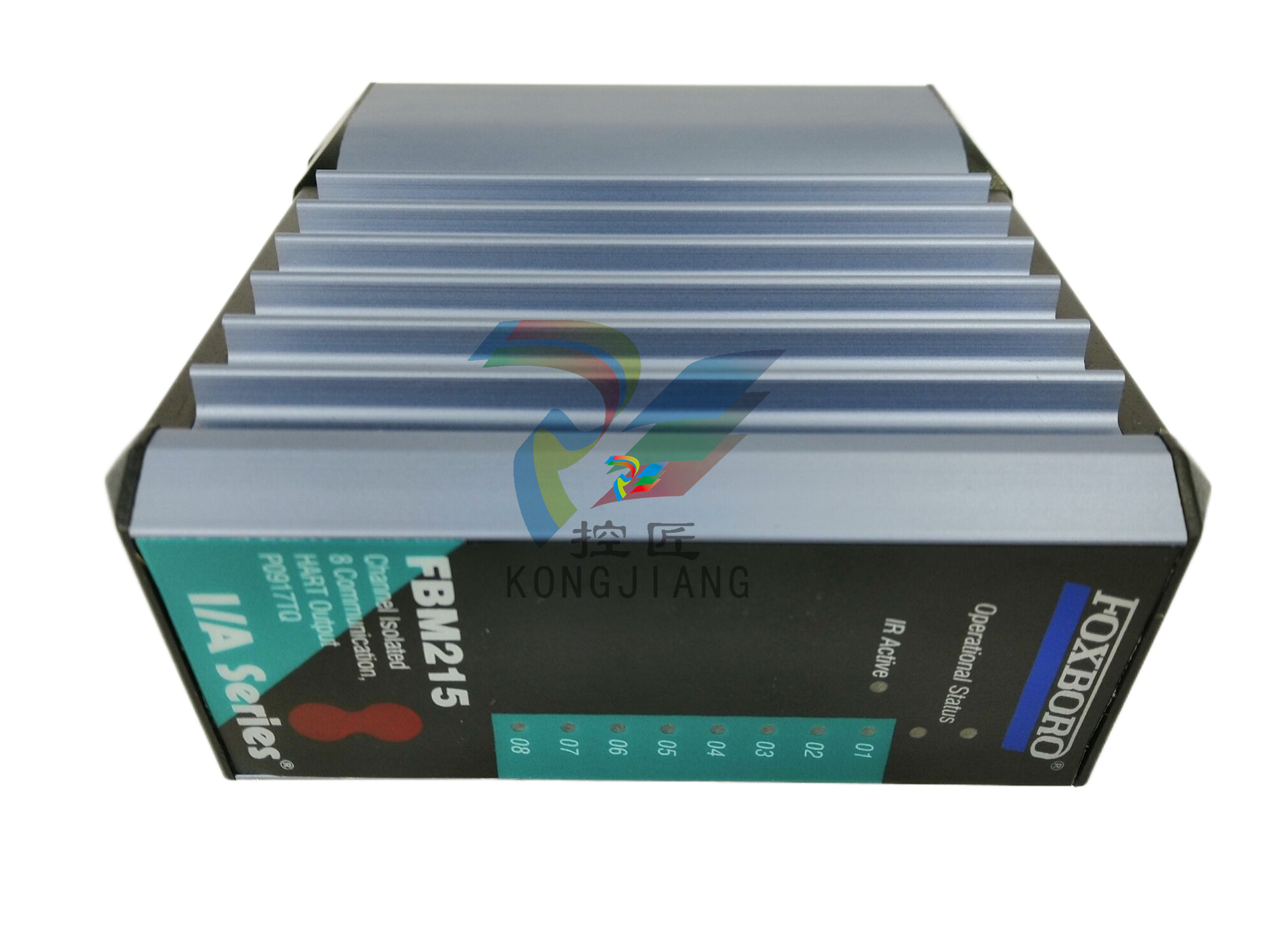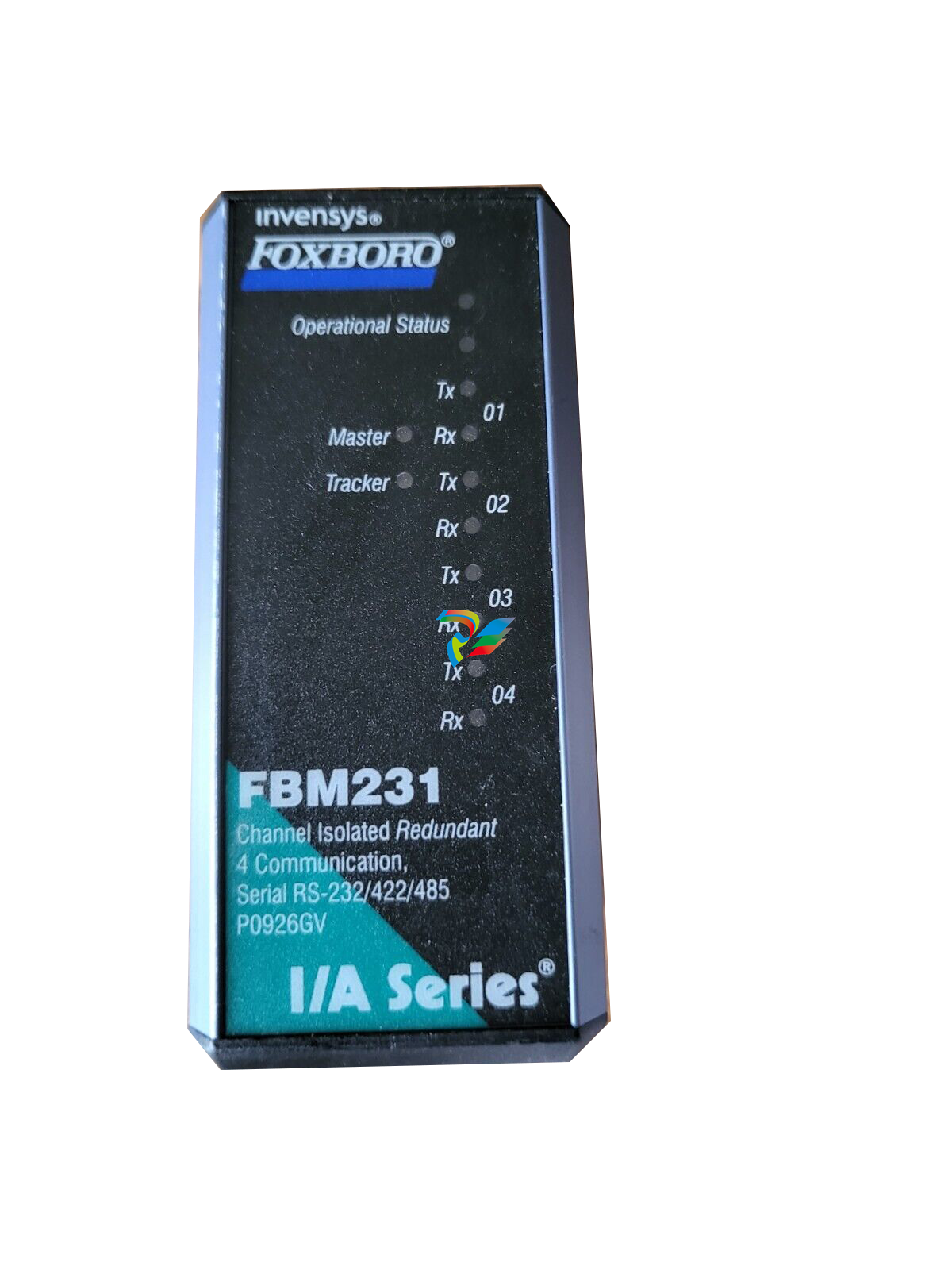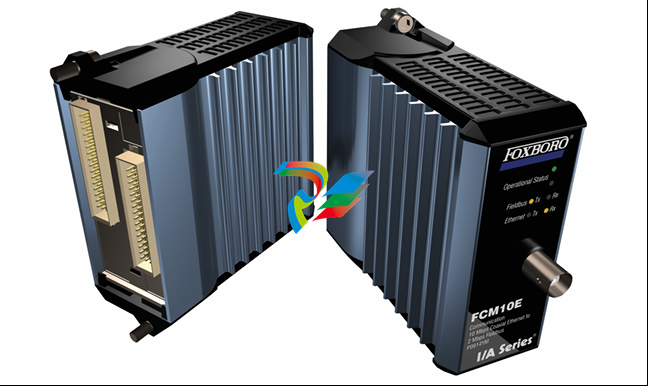
DCS; Industrial control system
Product
Article
NameDescriptionContent
NEW CENTER
Current Location:
Digital Transformation and Intelligent Development of Industrial Equipment
From:
|
Author:huang
|
Time :2024-11-07
|
602 Browse:
|
Share:

In today's rapidly evolving technological landscape, the digitalization and intelligent development of industrial equipment have become crucial. The background for this transformation lies in the increasing demands of the modern industrial era. As industries strive for greater efficiency, reduced costs, and enhanced quality, digitalization and intelligence offer viable solutions.
Digitalization, as defined by Gartner, is the process of changing from analog to digital form. For industrial equipment, this means converting traditional mechanical processes into digital signals that can be processed and analyzed by computers. For example, sensors can be installed on equipment to collect real-time data on performance, temperature, pressure, and other parameters. This data can then be transmitted to a central system for analysis, enabling predictive maintenance and reducing downtime.
The significance of digitalization and intelligence is multi-faceted. Firstly, it improves operational efficiency. By monitoring equipment in real time, potential issues can be detected early, and maintenance can be scheduled proactively. This reduces unexpected breakdowns and increases the availability of equipment. According to a study, companies that have implemented digitalization in their industrial equipment have seen a significant increase in productivity, with some reporting up to 30% improvement.
Secondly, it enhances product quality. Intelligent equipment can be programmed to perform tasks with greater precision and consistency, reducing human error. For instance, in the manufacturing industry, robotic arms with advanced sensors can ensure that products are assembled with high accuracy, resulting in fewer defects.
Moreover, digitalization and intelligent development also contribute to sustainable production. By optimizing energy consumption and reducing waste, industrial equipment can operate more environmentally friendly. For example, smart factories can adjust production processes based on energy prices and demand, minimizing energy usage.
In conclusion, the digitalization and intelligent development of industrial equipment are not only urgent but also of great significance. They are essential for industries to stay competitive in the digital age and achieve sustainable growth.
二、Progress of Digital Transformation
(一) Concepts and Terminologies of Digital Transformation
Digital transformation in the context of industrial equipment refers to the integration of digital technologies to transform traditional industrial processes. Internet of Things (IoT) plays a crucial role by connecting various industrial equipment through the internet, enabling seamless communication and data exchange. Sensors on the equipment collect real-time data on parameters such as performance, temperature, and pressure, which can be transmitted for analysis.
Cloud computing provides a platform for storing and processing the vast amounts of data generated by industrial equipment. It allows for easy access and sharing of data across different locations and departments. Data analytics then comes into play by analyzing this data to extract valuable insights. For example, it can help identify patterns in equipment performance, predict maintenance needs, and optimize production processes.
(二) Real-World Applications and Success Stories
In many industrial settings, digital transformation is being implemented with great success. For instance, in the automotive industry, smart factories use IoT sensors to monitor production lines in real time. This enables early detection of issues and proactive maintenance, reducing downtime and increasing productivity. According to industry reports, some automotive manufacturers have reported up to 25% improvement in production efficiency through digital transformation.
Another example is in the energy sector. Smart grids use digital technologies to optimize energy distribution and consumption. By integrating IoT sensors and data analytics, energy companies can monitor energy usage in real time and adjust supply accordingly. This not only improves energy efficiency but also enhances the reliability of the power grid.
In the manufacturing industry, companies are using cloud computing and data analytics to optimize production processes. By analyzing data from various sources, such as production lines, inventory systems, and customer orders, manufacturers can make informed decisions about production schedules, inventory management, and resource allocation. This has led to significant cost savings and improved product quality.
Overall, these real-world applications and success stories demonstrate the power of digital transformation in industrial equipment. As industries continue to embrace digital technologies, we can expect to see even more innovative applications and greater benefits in the future.
三、Intelligent Development Trends
(一) The Rise of Industrial Robots
Industrial robots are playing an increasingly crucial role in intelligent development. As defined by sources like , an industrial robot is an integrated production equipment that combines computer technology, manufacturing technology, and automatic control technology.













































.jpg)
.jpg)
.jpg)





.jpg)



.png)
.jpg)

.jpg)
_lVjBYb.jpg)

.jpg)
.jpg)



.jpg)
.jpg)







.jpg)

.jpg)
.jpg)











.jpg)




.jpg)
.jpg)
.jpg)
.jpg)
.jpg)
.jpg)
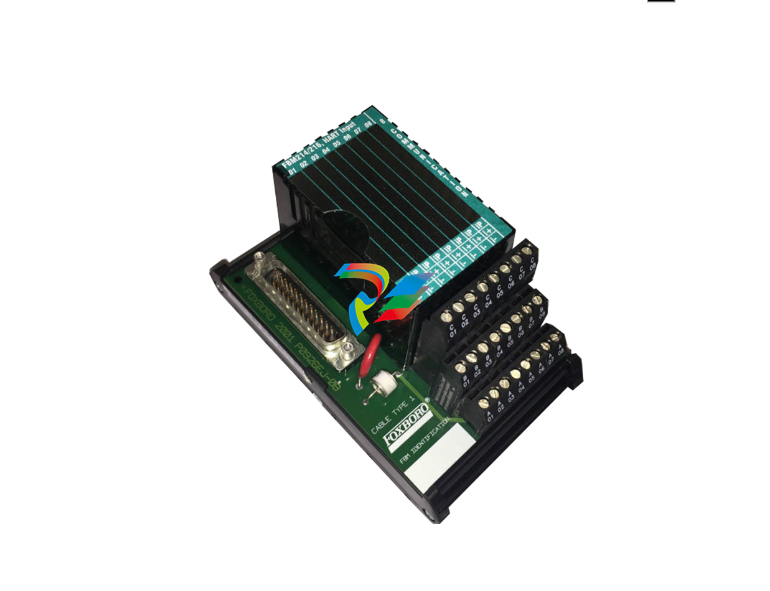
.jpg)
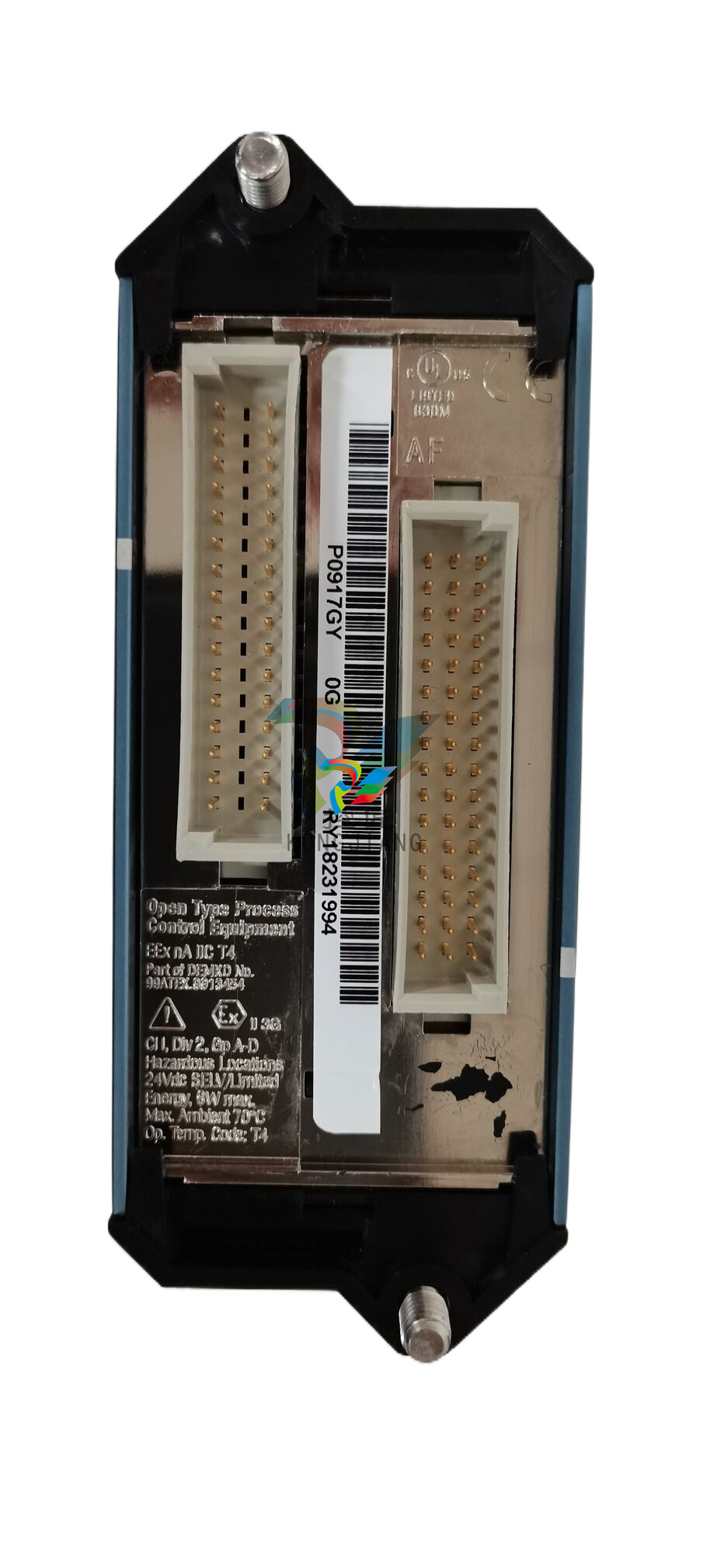
.jpg)
.jpg)
.jpg)
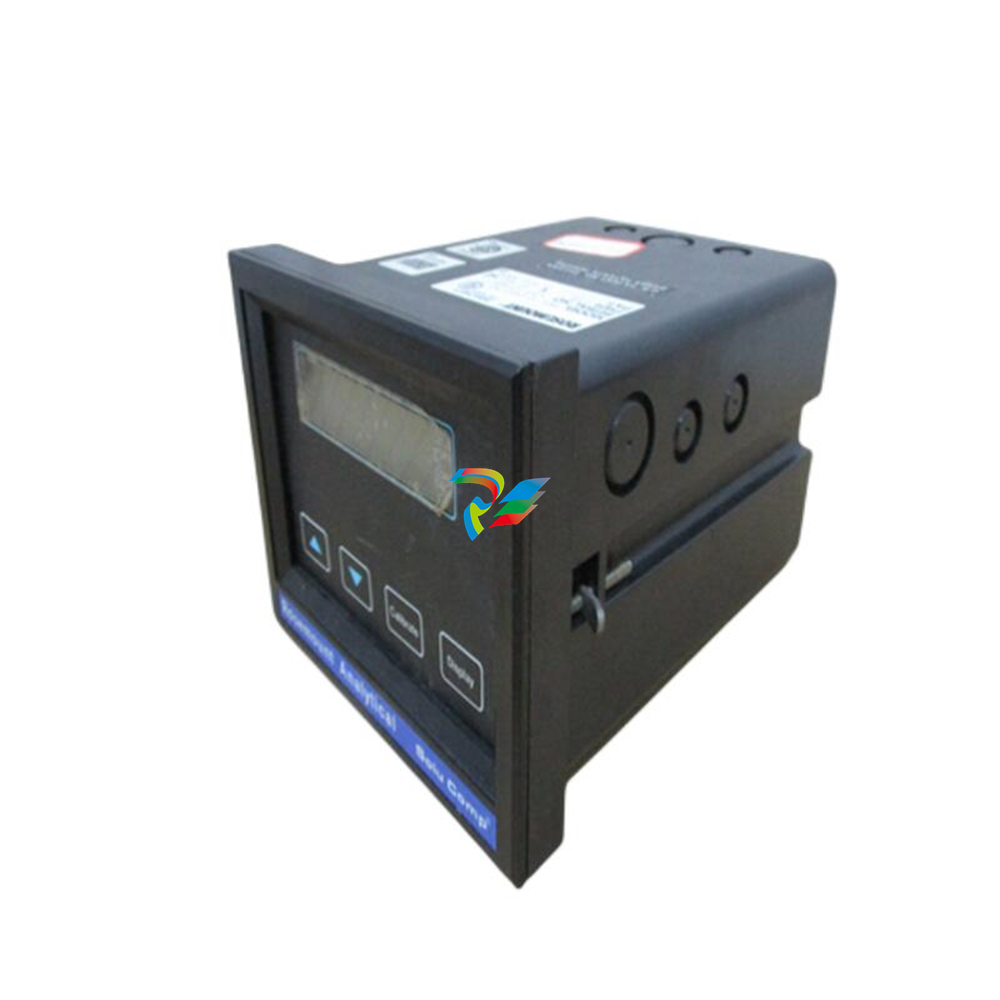
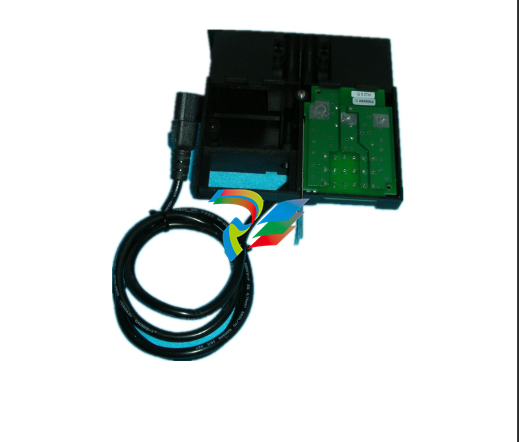
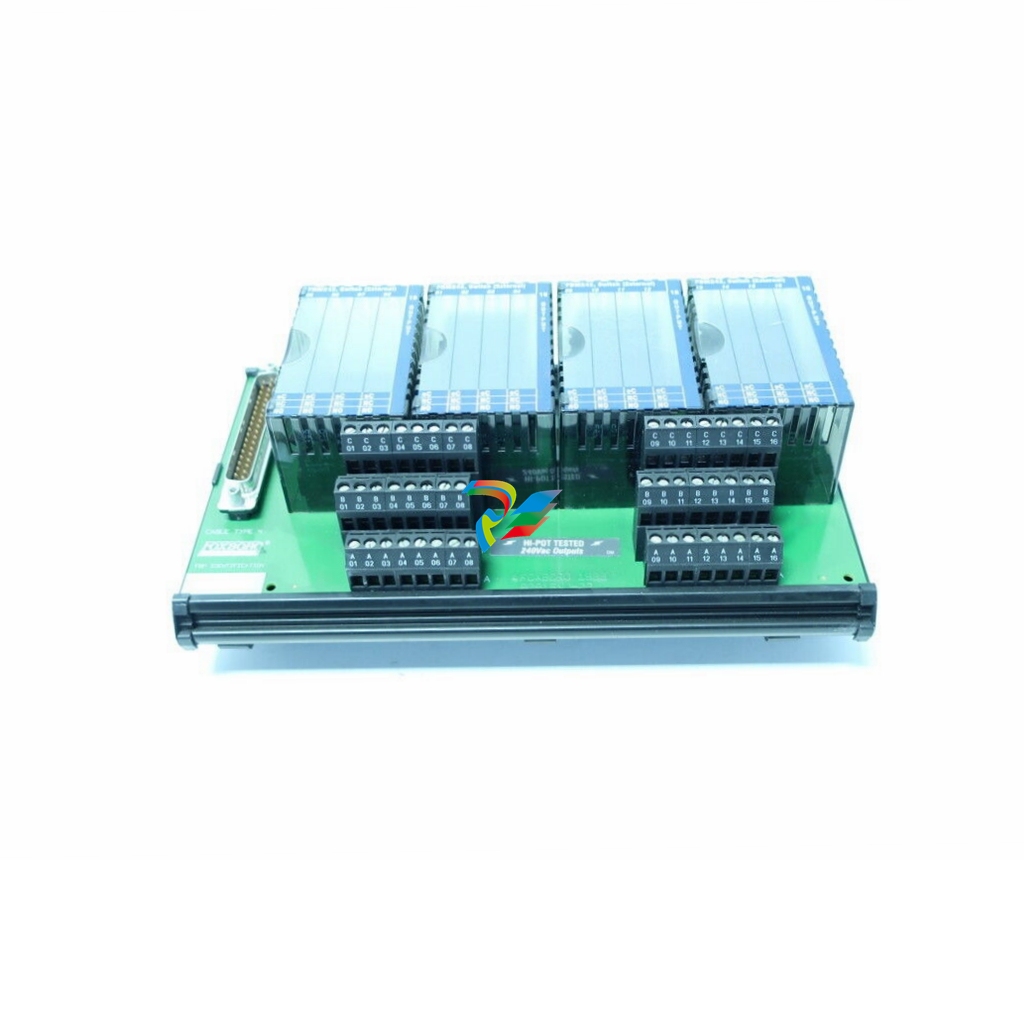
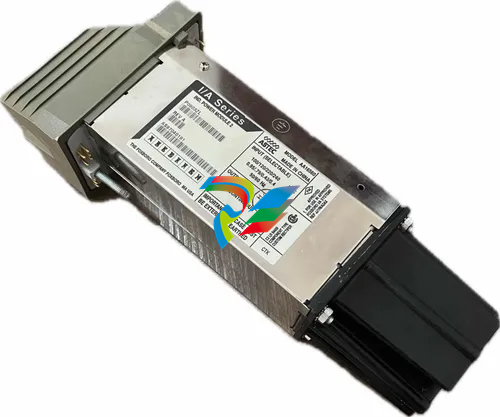
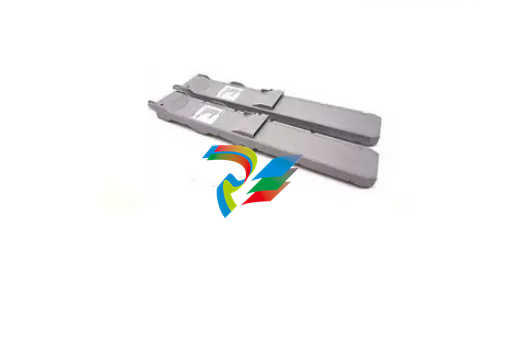
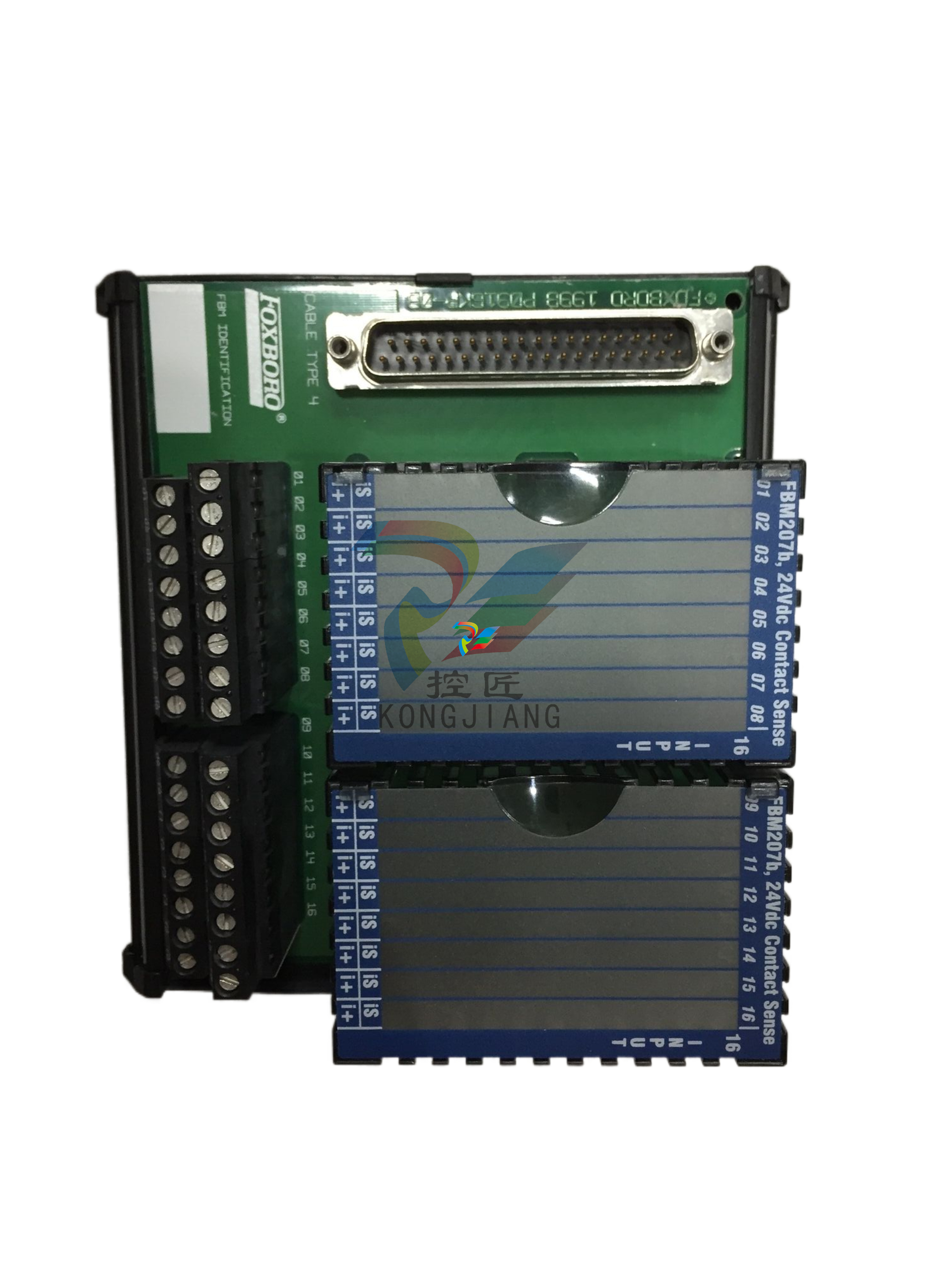
.jpg)
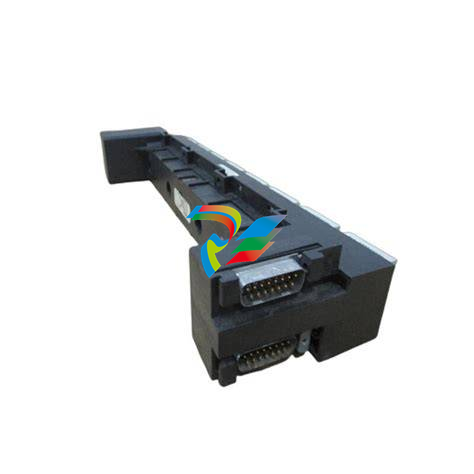
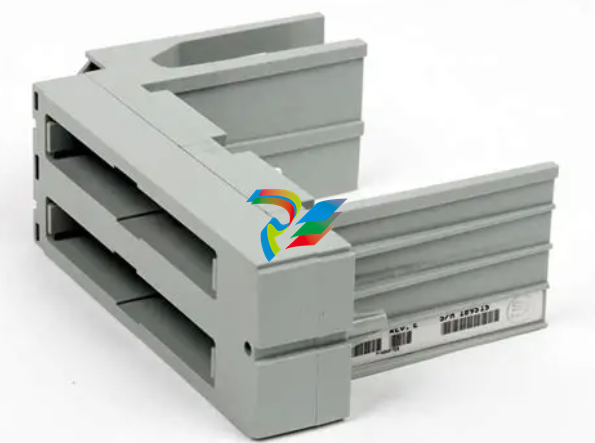
.jpg)
